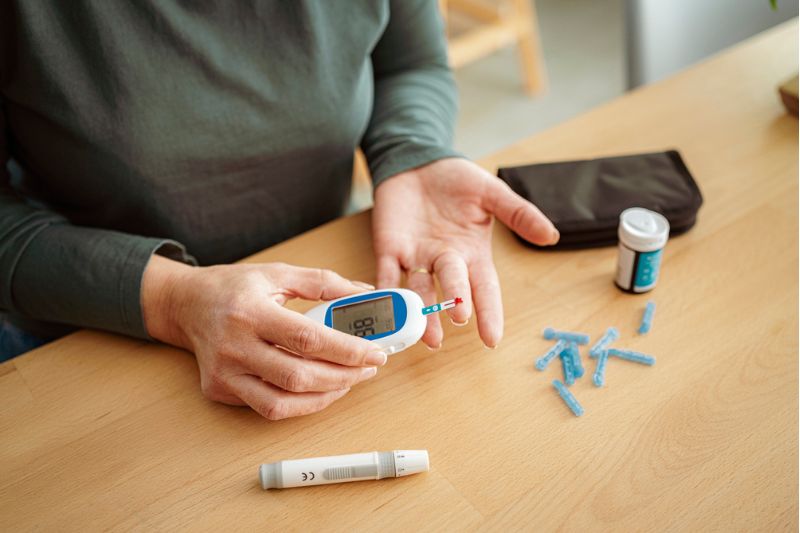A study published in Engineering has shed new light on the potential therapeutic effects of berberine (BBR), a natural compound derived from traditional Chinese medicine, in treating diabetic encephalopathy (DE).
The chemical can be found in plants such as goldenseal, barberry and Oregon grape.

Conducted by a team from the Chinese Academy of Medical Sciences & Peking Union Medical College, the study has revealed that BBR can significantly improve cognitive function and protect cerebral vessels in type 2 diabetic encephalopathy mice by modulating the gut microbiota.
Diabetic encephalopathy is a significant complication of diabetes, manifesting as cognitive impairment due to chronic hyperglycemia and often leading to severe neurological disorders such as Alzheimer’s disease.
The pathogenesis of DE is complex and involves factors such as cerebrovascular inflammation, which can be exacerbated by the activation of inflammatory pathways such as Toll-like receptor-4 (TLR-4) and nuclear factor kappa B (NF-κB).
The study investigates the role of BBR in mitigating these effects through targeting the gut microbiota, which has been increasingly recognised for its influence on neurological health.
The researchers used a type 2 diabetic encephalopathy KK-Ay (2DEK) mouse model to evaluate the efficacy of BBR. The mice were divided into three groups: a control group, a low-dose BBR group (100 mg/kg/day) and a high-dose BBR group (200 mg/kg/day).
After ten weeks of treatment, the cognitive functions of the mice were assessed using novel object recognition and step-down tests.
The results showed that BBR treatment significantly improved cognitive performance, with the high-dose group demonstrating the most substantial improvements.
High-resolution imaging via fluorescence micro-optical sectioning tomography (fMOST) revealed that BBR treatment also enhanced the integrity of brain vessels.
The average vessel diameter, vessel length density and total vessel volume were significantly improved in the parietal association cortex (PtA) and the CA1 and CA3 regions of the hippocampus.
These findings suggest that BBR can protect cerebral vessels from hyperglycemia-induced damage.
The researchers also explored the mechanism by which BBR exerts its protective effects.
They found that BBR inhibits the production of δ-valerobetaine (δ-VB), a metabolite produced by the gut microbiota that can cross the blood-brain barrier and activate the TLR-4/MyD88/NF-κB inflammatory pathway in blood vessels.
Through the reduction in δ-VB levels, BBR interrupts this inflammatory pathway, thereby protecting cerebral blood vessels and improving brain function.
The team also performed faecal microbiota transplantation (FMT) using gut microflora from BBR-treated mice, which further confirmed that the gut microbiota plays a crucial role in mediating the therapeutic effects of BBR.
The transplanted microbiota significantly improved cognitive function and reduced inflammation in the recipient mice, similar to the effects observed with direct BBR treatment.
The study also analysed changes in gut microbiota composition after BBR treatment, finding that BBR increased the abundance of beneficial bacteria, such as Bacteroides, which are known to produce short-chain fatty acids (SCFAs).
These SCFAs have anti-inflammatory effects and may contribute to the therapeutic benefits of BBR.
BBR also reduced the levels of harmful bacteria, such as Escherichia-Shigella, which are associated with increased inflammation.
The study provides compelling evidence that BBR can protect cerebral vessels and alleviate diabetic encephalopathy through the modulation of the gut microbiota and reducing the production of harmful metabolites such as δ-VB.
These findings highlight the potential of BBR as a therapeutic agent for DE and underscore the importance of the gut-brain axis in managing neurological disorders.
